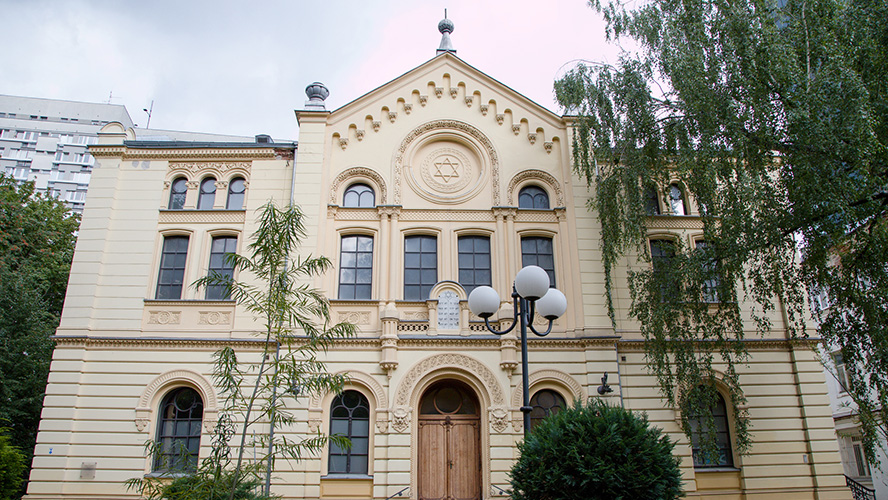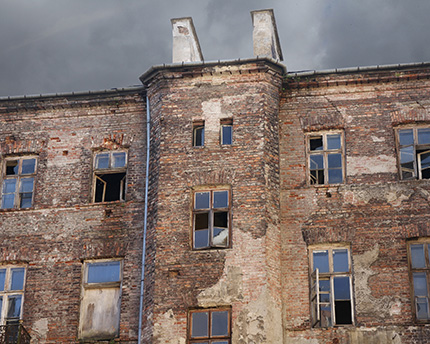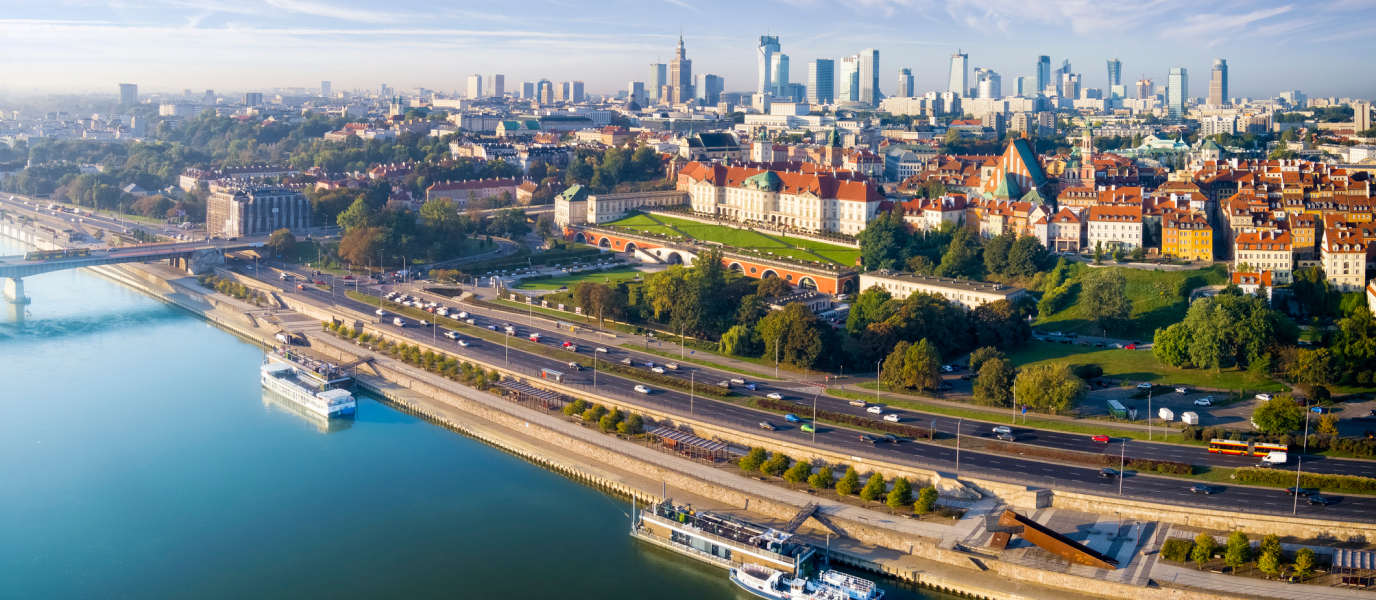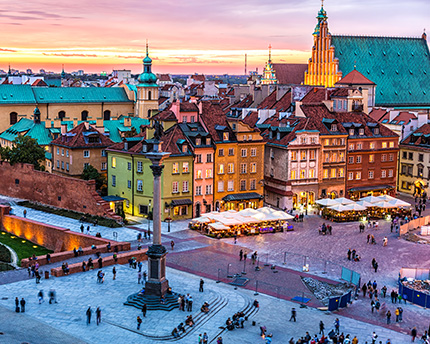Hitler’s German army invaded Poland in September 1939 and the conflict lasted until October. The invasion sparked the outbreak of World War II when Great Britain and France declared war on Germany in response. Days later, the Soviet army invaded Eastern Poland as part of a pact between Stalin and Nazi Germany.
The invasion was followed by six years of war and suffering for millions of Poles. When the Nazis invaded Poland, they first seized control of the main cities and then created ghettos within these cities to control the Jewish population. Ghettos were zones enclosed by walls topped with barbed wire; Jews were forced to relocate to the ghettos and imprisoned there.
They lived in inhuman conditions (overpopulation, extreme scarcity of every resource and no public services such as cleaning, etc.). 400 ghettos were created in Nazi-occupied Poland and the largest was in Warsaw. It was a south-eastern zone of the city where the German army imprisoned over 400,000 Jews (a third of Warsaw’s population) behind an 18-km wall that stood three metres high.
Parts of the wall can still be seen in Warsaw today, together with buildings on Waliców Street. Bunkers used during the Jewish uprising can also be seen on Mila Street. Everything else was obliterated by fire and the German army.
History of the Jewish resistance
Warsaw Ghetto was the largest Jewish ghetto in Nazi-occupied Europe. Film director Roman Polanski told its story in his Oscar-winning film The Pianist.
The ghetto was built in 1940 following the 1939 Nazi invasion and was used to imprison the Jewish population of Warsaw and other regions. Jews who had been deported from Germany and other countries invaded by the Nazis were also sent here.
The Jews initially thought they were being sent to the ghetto to live in hardship until the war ended, so they tried to live as ‘normal’ a life as possible. They created schools, held clandestine religious ceremonies, and even established support networks with secret connections to the outside. The Judenrat were their administrative bodies during this period.
However, the Nazis had other plans: the ghetto was merely a place of transit for the Jews, and they were sent on to Treblinka extermination camp in a remote area to the north of Warsaw, among other camps.
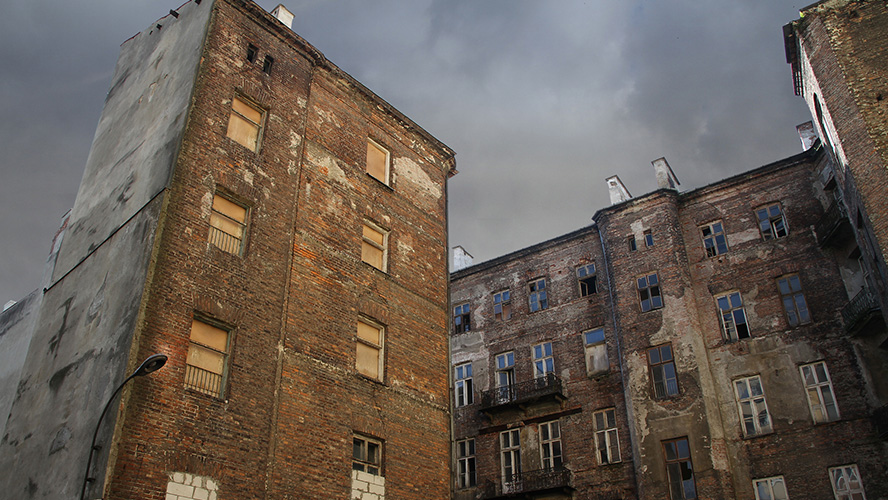
Deportations started soon after the ghetto was created and its population quickly learned what was actually happening in the extermination camps. The second mass deportation on 9 January 1943 triggered an uprising by the Jewish Combat Organisation (initials ZOB in Polish), who forced the Nazis to momentarily withdraw and seized control of the ghetto. The ZOB obtained weapons through smuggling and the rest of the ghetto population tried to hide while they fought the Nazis.
This small victory boosted the resistance’s morale. However, to celebrate Hitler’s birthday on 20 April, on 19 April SS leader Heinrich Himmler ordered the total destruction of the Warsaw Ghetto. After three days of conflict, the resistance once again forced the Nazis to retreat.
However, in their next attack the Nazis used bombing and fire. On 16 May, after a month of fighting, the ZOB’s munition ran out and the Nazis launched their final attack, reducing the Warsaw ghetto to rubble. When the synagogue on Tlomacka Street was destroyed, the Nazis considered this to be the definitive sign that the Jews in Warsaw had been eliminated.
What to see
Monument to the Ghetto Heroes
The Monument to the Ghetto Heroes is in front of the Museum of the History of Polish Jews, in the square between Zamenhofa Street and Sendler Street. The monument was installed here in 1948 to honour the Jews who fought and died in the Warsaw Ghetto during the Nazi occupation.
Built primarily from granite and bronze, it features a relief sculpture of important scenes and people who were part of the Jewish resistance in the Warsaw Ghetto. Mordejai Anielewicz, leader of the uprising, can be seen with a grenade in his hand; he is surrounded by an old man, a child and a woman armed with guns, grenades, and Molotov cocktails.
Other parts of the monument show old people, women, and children being led by German soldiers to an unknown destination.
Umschlagplatz
A monument in Umschlagplatz (on the corner where Dzika Street meets Stawki Street) stands at the point where the vehicles that transported the Jews to Treblinka extermination camp departed. It is the final stop on the Memorial Route of Jewish Martyrdom and Struggle in Warsaw that starts at the Monument to the Ghetto Heroes.
Its four-metre-high walls were built in 1988 and designed to remind people of the ghetto wall and a train carriage. The walls are engraved with the names of over 400 victims. A sloping path paved with black basalt cubes runs down from the side of the monument that faces Stawaki Street and represents the “road of death”, symbolising the ramp up to the train that transported the Jews to the extermination camp.
Jewish Cemetery
The cemetery was built in 1806 and was part of the Warsaw Ghetto during World War II. Today, it’s on Okopowa Street, near Powązki Christian cemetery.
It has over 200,000 graves ‒ many belonging to Jews who were in the Warsaw Ghetto ‒ making it one of the biggest Jewish cemeteries in the world. It was designed to house graves belonging to different social and religious groups, and it is divided into neighbourhoods (kwatery in Polish).
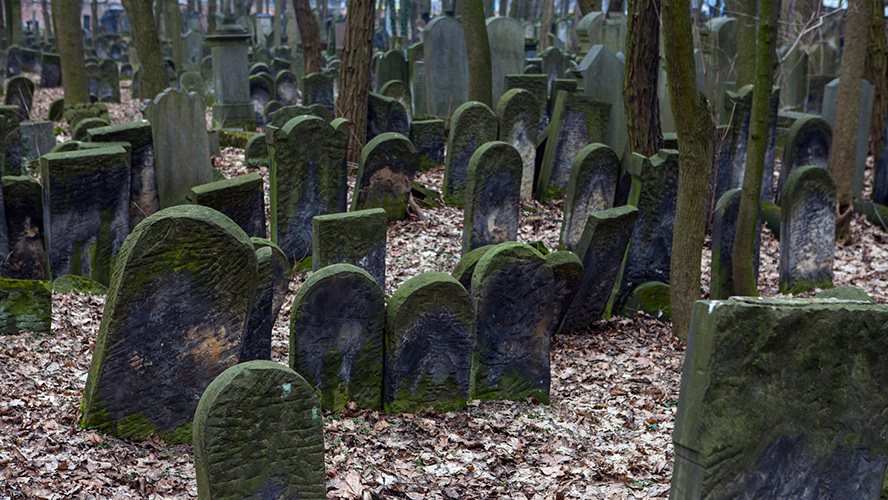
The cemetery is set in what feels like a large wood and is the final resting place of celebrated figures such as Szlomo Zalman Lipszyc, Warsaw’s first rabbi, Adam Czerniaków, head of the Jewish community in the Warsaw Ghetto, and Ludwik Zamehoff, the inventor of Esperanto.
The tomb of Janusz Korezak is particularly symbolic; he was a teacher and prisoner at Treblinka extermination camp and was murdered in the gas chamber together with the children under his ward.
Ghetto wall
Very few buildings and parts of the Warsaw Ghetto wall are still standing but some remains can still be seen.
For example, a section of the ghetto wall can be found in a courtyard between Sienna Street and Zlota Street (at 62 Zlota Street). A wall that was part of the old Herman Jung brewery at 11 Waliców Street was also part of the ghetto wall. And a fairly large section remains intact on Spokojna Street.
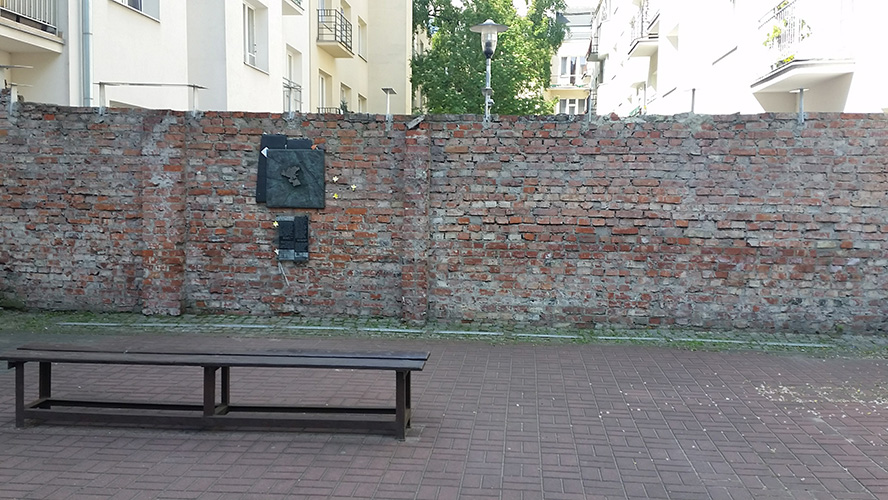
Nożyk Synagogue
Nożyk Synagogue (6 Twarda Street) is the only pre-war synagogue in Warsaw to have survived World War II. It was built between 1898 and 1902 and was damaged by Nazi bombing. Parts had to be restored and rebuilt, and it wasn’t reopened to the public in its current state until the 1980s.
It has a Romanesque Revival façade and Neo-Byzantine elements, is rectangular shape and the internal chamber is divided into three naves. It was part of the Jewish ghetto during World War II and the Nazis used it as a stable and to store fodder.
